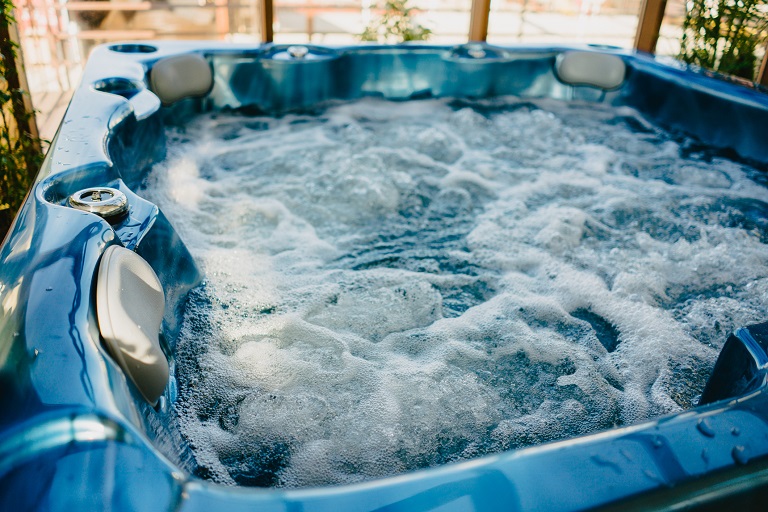
Wondering how much it costs to run a hot tub? Discover average monthly and yearly costs, key factors, and tips to keep your hot tub expenses in check.
Hot tub maintenance costs average $600, with an average range from $240 to $940. Factors like tub size, type, frequency, and materials all impact your total hot tub maintenance cost.


Hot tub maintenance costs depend on size, type, and service frequency.
Professional hot tub maintenance ensures safe, clean water and extends equipment lifespan.
Plan to pay between $75 and $150 per hour for regular hot tub service calls.
DIY maintenance can lower costs but requires time and supplies.
This article was created using automation technology and thoroughly fact-checked and edited by an Angi Editor in accordance with our AI policy.
Hot tub maintenance cost averages $600, with most homeowners spending between $240 and $940 on average. Monthly costs range from $20 to $75, depending on tub size, type, and frequency of use. Keeping up with regular maintenance helps prevent costly repairs and ensures your hot tub stays safe and enjoyable. If you’re considering the best way to maintain your hot tub, understanding these costs—and the factors that affect them—will help you make smart choices for your home and budget.

Several key factors influence your annual hot tub maintenance cost. Let’s walk through each one so you know what to expect.
The type of hot tub you own plays a big role in your yearly maintenance expenses. Portable hot tubs are the most common and are relatively straightforward to care for, while in-ground models or swim spas tend to require more complex upkeep.
Inflatable hot tubs offer basic features and lower maintenance costs, but may need more frequent repairs. Saltwater systems cost more upfront but can reduce the need for some chemicals, while traditional chlorine tubs need regular chemical balancing.
Hot tub size directly impacts maintenance cost. Larger tubs require more chemicals, more water, and higher energy usage for heating, increasing your annual expenses. The number of seats, gallons, or overall dimensions all factor in.
How often you maintain your hot tub affects your yearly costs. Regular maintenance—such as weekly water testing, monthly deep cleaning, and periodic filter changes—keeps your system running efficiently.
Heavy users or vacation rentals may need more frequent service, while light, occasional use can reduce costs. Deep cleaning as a one-time service is more expensive than ongoing routine care. If your hot tub sees daily use, you’ll need to budget for more chemicals, faster filter replacement, and possibly more frequent professional service.
Hot tubs are constructed from a variety of materials, each with its own maintenance needs. Acrylic is durable and easy to clean, while vinyl and fiberglass require gentle handling and may stain or tear. Wood hot tubs, though attractive, need periodic sealing and are more vulnerable to weather and rot. Composite shells are low-maintenance but can have higher upfront costs. Maintenance costs also include caring for covers, steps, and surrounding decking.
| Material | Description |
|---|---|
| Acrylic | Durable, easy to clean |
| Vinyl | Soft, less durable, more prone to staining |
| Fiberglass | Lightweight, can scratch or fade |
| Wood | Needs sealing, can rot or warp |
| Composite | Low maintenance, weather resistant |
Most hot tub maintenance is performed by pool and spa professionals, but some handymen also offer this service. Hot tub contractor rates vary by region, company, and complexity of the job. Expect to pay between $75 and $150 per hour for routine service calls, with one-time deep cleaning or troubleshooting costing more. Ongoing service contracts can offer discounts for regular visits.
Difficult access, complex repairs, or emergency service can raise labor costs. If you live in a high-cost area, expect to pay at the upper end of the range.
Where you live affects your hot tub maintenance cost. Warmer climates can mean higher evaporation and more frequent refills, while cold regions require extra winterizing. Hard water areas increase chemical use and cleaning needs. Urban homeowners pay more for labor, while rural areas may have higher travel fees. Indoor tubs are less exposed to debris but may need better ventilation, while outdoor tubs require more cover and cleaning.
Tipping for hot tub maintenance is appreciated but not always expected. For routine visits, a tip of $10 to $20 per visit or 10% of the service fee is normal. For one-time deep cleaning or complex repairs, consider tipping $20 to $50, especially if the job was challenging or completed on short notice. Always tip in cash or add it to your payment if your technician goes above and beyond.
Setting a regular maintenance schedule helps keep your hot tub running smoothly and minimizes repair costs. Weekly tasks include testing and balancing water chemistry, cleaning the waterline, and rinsing filters. Monthly, you should deep clean the shell and check all components. Quarterly, plan to drain and refill the tub and replace filters. Annually, a thorough inspection of pumps, heaters, and plumbing is wise.
Seasonal factors can change your schedule. Winterizing is crucial in cold climates to prevent freezing damage, while summer months may require extra cleaning due to higher usage. Signs that your hot tub needs more frequent attention include cloudy water, unpleasant odors, or slow jets. If your tub is used daily, such as in a vacation rental, plan for more frequent checks and professional maintenance.
Some maintenance tasks and supplies fall outside routine service. These add-ons can raise your total hot tub maintenance cost, but they help keep your hot tub running safely and efficiently. These costs are in addition to basic chemicals and routine labor.
| Add-On | Description | Average Cost |
|---|---|---|
| Replacement filters | Cartridge or sand filters | $20–$60 each |
| Cover replacement | New hot tub cover | $300–$800 |
| Jet cleaning/descaling | Removes buildup, improves flow | $300 |
| Winterizing/opening | Seasonal prep or restart | $200–$500 |
| Leak detection/repairs | Finds and fixes small leaks | $200–$1,500 |
Many homeowners tackle basic hot tub maintenance themselves to save money. DIY costs include water testing kits, replacement filters, and cleaning tools. You’ll also invest your own time—one to two hours per month. Hiring a professional costs more but provides peace of mind and expert troubleshooting, in addition to saving you time.
DIY is best suited for those comfortable managing water chemistry and basic repairs, but it carries some risks. DIY can be rewarding but carries risks. Incorrect chemical use can harm equipment or void warranties, and missed problems may lead to costly repairs. Professionals are recommended for deep cleaning, diagnosing equipment issues, and warranty-related service.
Keep your hot tub maintenance costs in check with these budgeting tips:
Regularly check and balance water chemistry to prevent issues.
Clean filters and replace as needed to avoid equipment strain.
Use a high-quality cover to reduce debris and heat loss.
Schedule routine maintenance to catch problems early.
Buy chemicals and supplies in bulk for savings.
Learn basic troubleshooting to handle minor issues yourself.
Limit hot tub use during extreme weather to reduce wear.
Consider a maintenance contract for bundled savings.
Home is the most important place on earth, which is why Angi has helped more than 150 million homeowners transform their houses into homes they adore. To help homeowners with their next project, Angi provides readers with the most accurate cost data and upholds strict editorial standards. We extensively research project costs to develop the pricing data you see, so you can make the best decisions for you and your home. We rely on reputable sources, including the U.S. Bureau of Labor Statistics, academic journals, market studies, and interviews with industry experts—all to ensure our prices reflect real-world projects.
Want to help us improve our cost data? Send us a recent project quote to [email protected]. Quotes and personal information will not be shared publicly.
From average costs to expert advice, get all the answers you need to get your job done.

Wondering how much it costs to run a hot tub? Discover average monthly and yearly costs, key factors, and tips to keep your hot tub expenses in check.
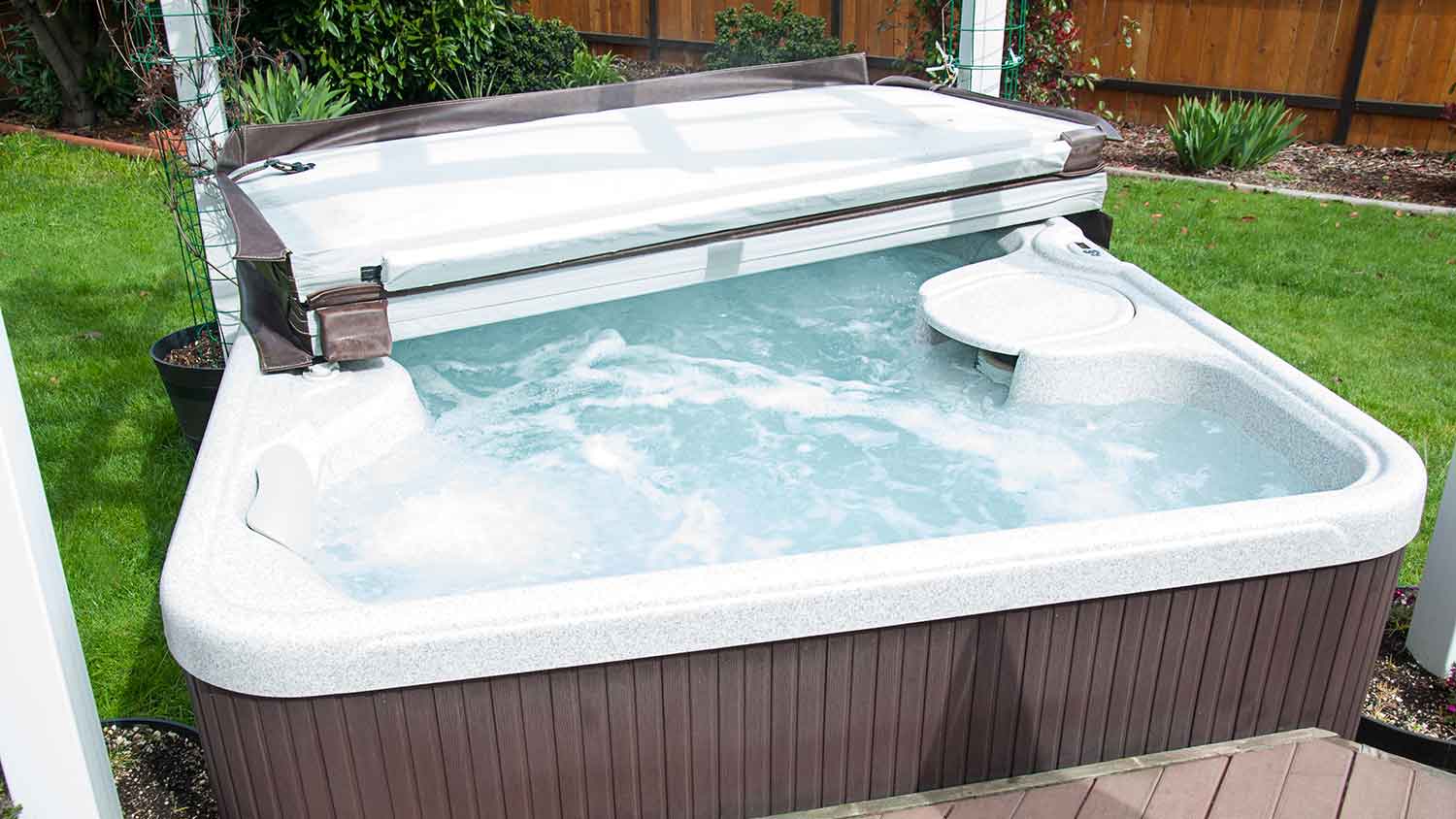
Wondering about hot tub cover costs? Learn what impacts pricing, compare materials, and discover ways to save on your next hot tub cover purchase.
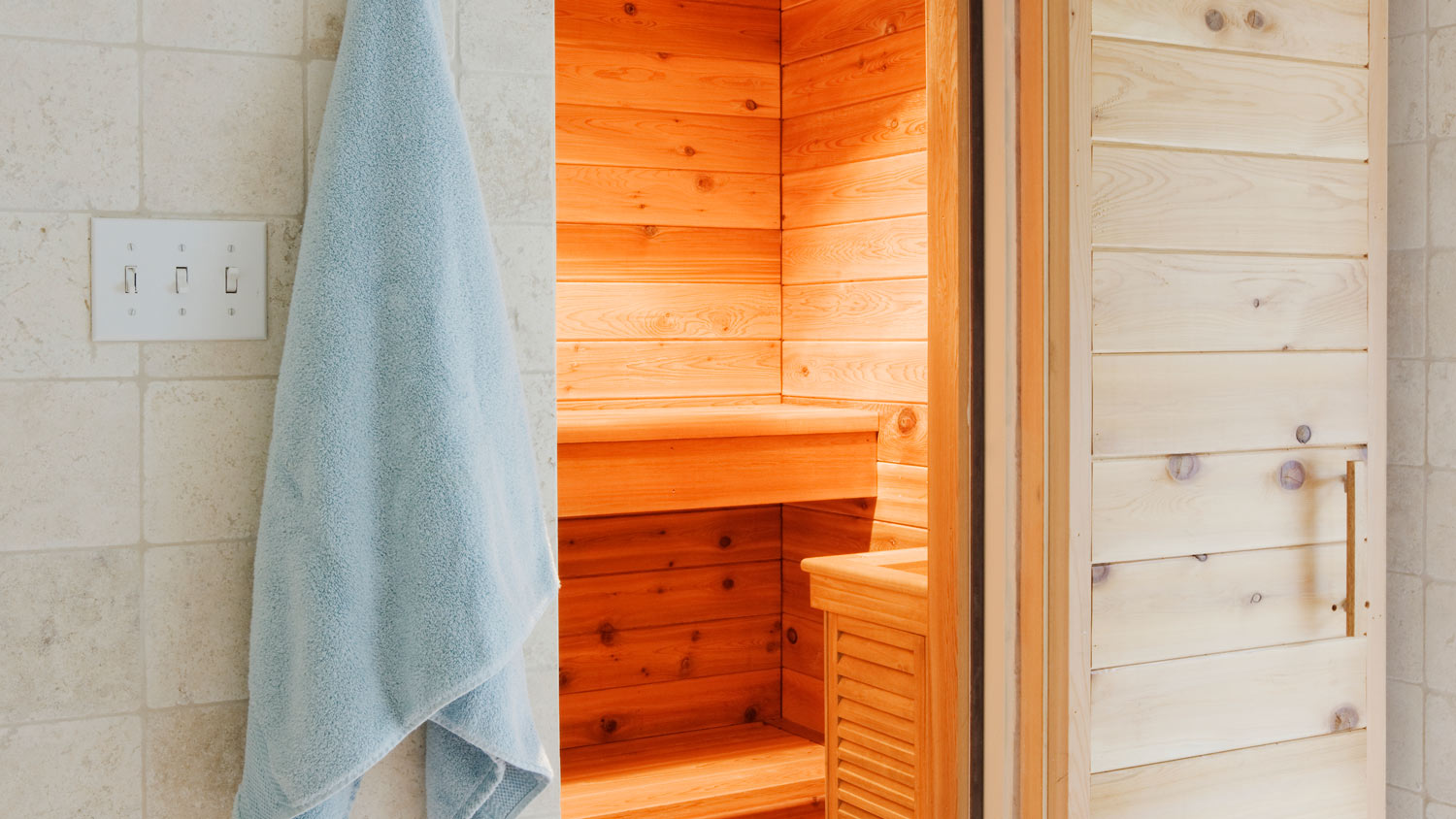
Discover how much installing a steam room costs, including average prices, key cost factors, and tips to save on your steam room installation.
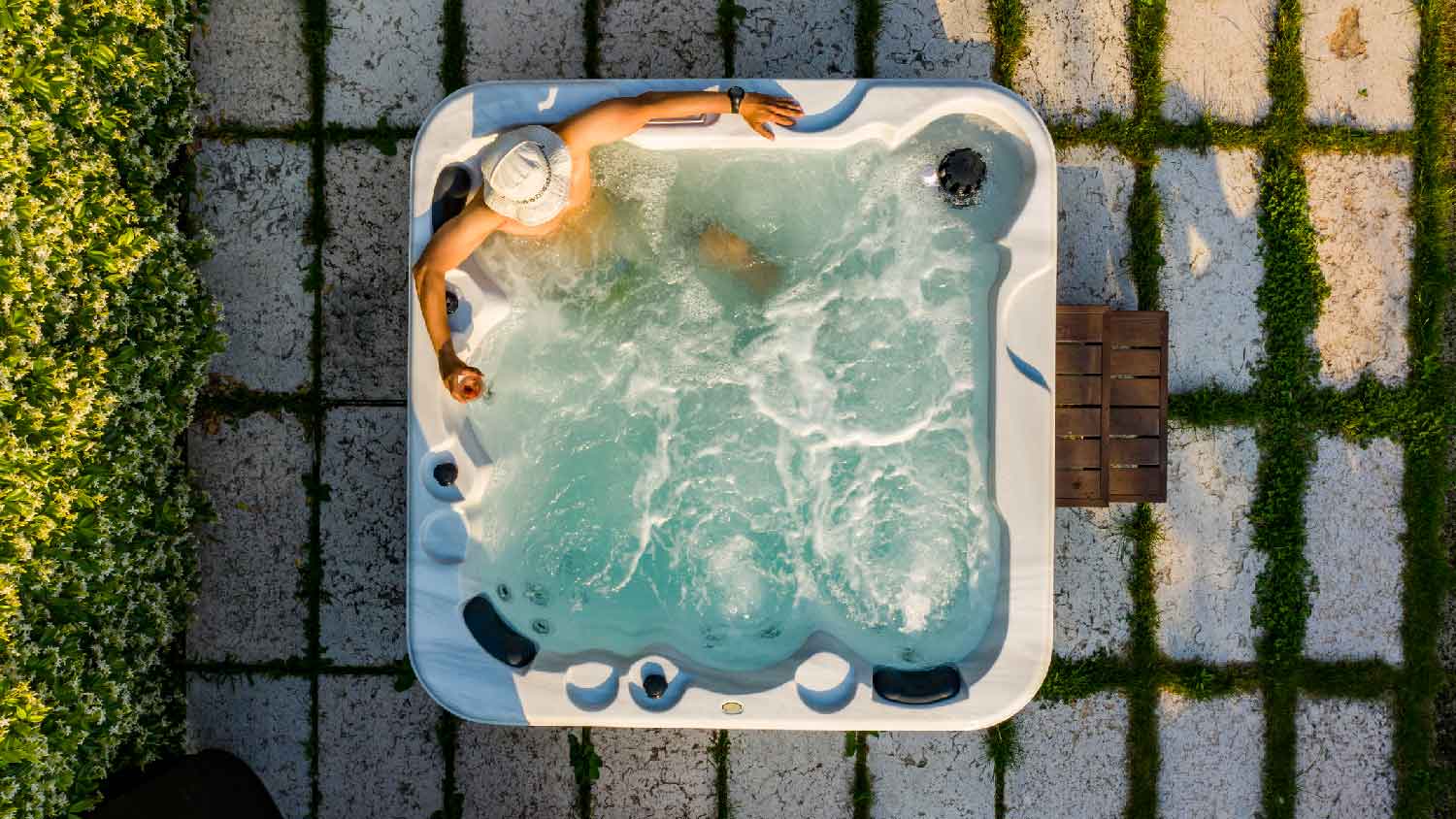
Does your hot tub have you seeing green? Get the answer to "why is my hot tub green" and find out how to get the water back to normal.

If your pool feels gritty, you may be wondering "why is my pool filter blowing out sand?" Here are a few reasons why and what to do about it.
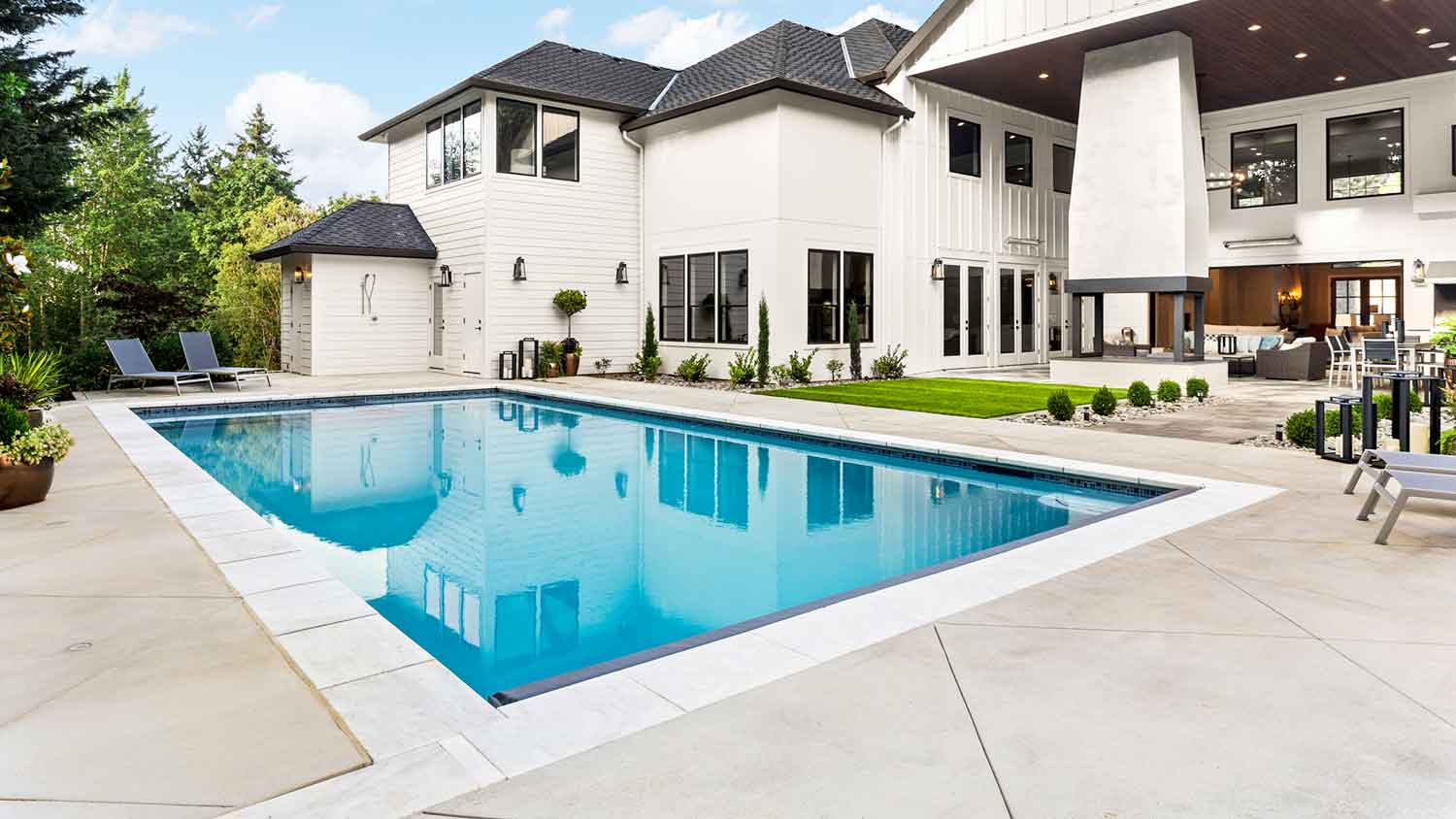
Why is my pool foamy? This guide dives into four of the most common causes of a foam-filled pool, including low calcium hardness and algaecide use.